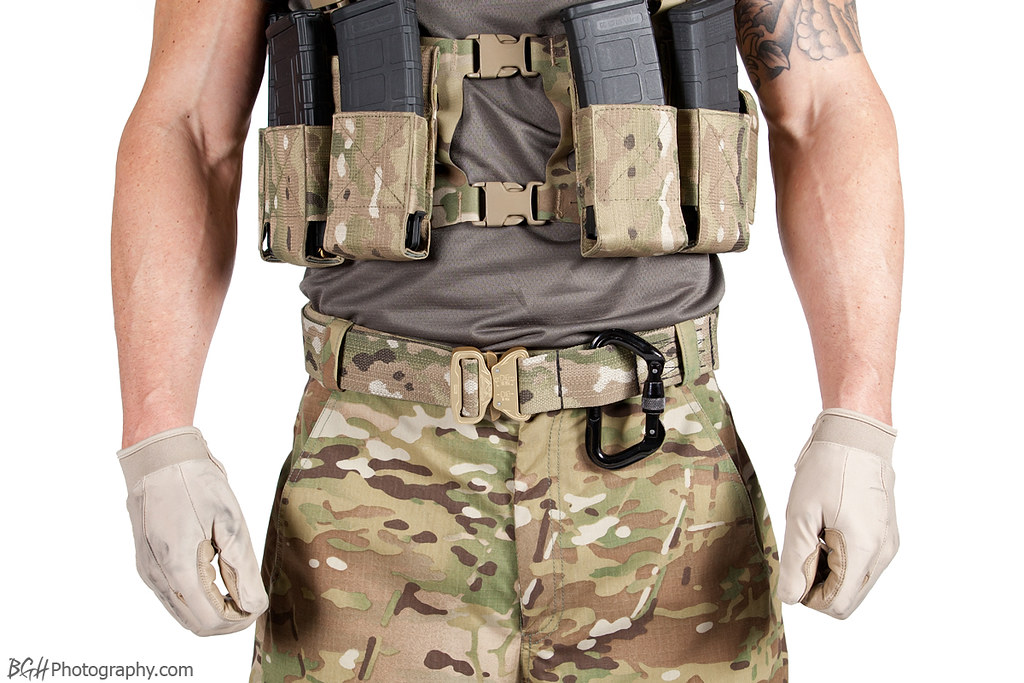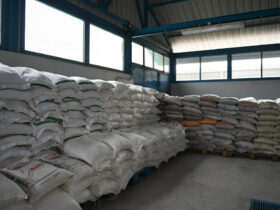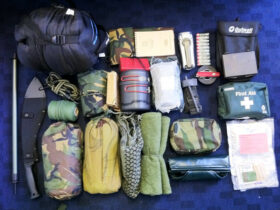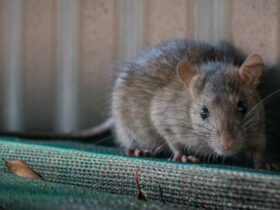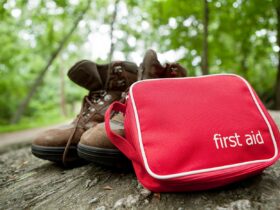For most of us, prepping seems to start and end with building a food stockpile. It starts with that, because that’s the first thing that most of us think of doing. But I say that it ends with that as well, because it seems like we’re still building a stockpile, after we’ve done everything else we wanted to do.
One of the big problems we all face in prepping is that we don’t know what disaster we are preparing for. Without that knowledge, we don’t know how long the disaster is going to last. Even with something more common, like a natural disaster, we really can’t say how long it will be before supply chains are restored and things are back to normal. It could be mere days, but it could also be months.
With that in mind, it obviously makes sense to err on the side of caution when deciding how much food to put in our stockpiles. In other words, we’re better off stockpiling for three months than we are stockpiling for three weeks. One easy way is to buy freeze-dried meals.
There’s just one problem with that; most of us can’t afford to buy enough food for a three month stockpile; we’d probably have trouble buying enough for a three week one. But that’s okay; there’s nothing that says we need to buy all that food at once. Rather, we can build ourselves up to it, a little bit at a time. That’s what most preppers end up doing.
What Kind of Food?
When we talk about a survival diet, it’s much different than talking about a normal diet. It’s even more different than talking to a nutritionist about diet. If you talk to one of them about diet, they’ll concentrate on micronutrietns like Omega-3 fatty acids and anti-oxidants (are those to keep us from rusting?). But in survival nutrition, we talk about the three macronutritents:
- Carbohydrates – Necessary for energy. These are the first thing digested by our bodies, with our saliva breaking them down to simple sugars, the body’s fuel.
- Fats – Also provide us with energy, just slower. Fats are first broken down to carbohydrates and then to sugars. Together with the carbohydrates, this gives us a one-two energy punch, to keep us going.
- Proteins – The basic building blocks of cells. It is necessary to eat proteins because the body is constantly creating new cells. If we don’t eat proteins, it will cannibalize living cells to get that protein.
It’s important that the foods we stockpile are shelf-stable. It won’t do any good to have a freezer full of meat, if the power goes out. Within a few days that meat will go bad, leaving you without anything to eat. We’re basically limited to foods that are dry or canned; but that still leaves us with a lot of possibilities. You’ll want to buy:
- Dry beans – a great source of protein and carbs
- Pasta – a good source of carbohydrates, which can be used to extend many other foods
- Rice (not instant) – another good source of carbs
- Whole grains – necessary for baking, especially bread. Will store better than ground flour, but requires that you have a hand-crank mill to grind them
- Baking supplies – baking powder, baking soda, and other necessities for baking
- Powdered milk – for baking with, rather than drinking
- Powdered dried eggs – also for baking with, although they aren’t too bad to eat
- Cooking oil
- Peanut butter – good source of protein, as well as being a comfort food
- Jam or jelly – to be used with the peanut butter
- Canned fruit
- Canned vegetables
- Canned meat – tuna, corned beef, salmon, chicken Spam, etc.
- Dried meat – jerky and freeze dried meat for soups, etc.
- Spaghetti sauce – you can cook anything, put spaghetti sauce on it, and it tastes like spaghetti
- Cream of mushrooms soup – good for making casseroles
- Spices – to make foods your family isn’t used to eating more appetizing
- Bouillon – soup starter for making the broth. Soup can be made out of anything, making it a survival staple
- Salt – necessary for survival, but also for preserving food
- Sugar – another natural preservative, as well as for flavor
- Honey – a healthier source of sugar
- Dried fruit
- Dried vegetables (if you have a dehydrator) – great for use in soups
- Coffee and tea
These foods will provide you with a lot of nutrition and variety. At the same time, avoid foods which don’t provide much nutrition, like junk foods. While your family might enjoy them, they don’t store well and really don’t do much to help you survive.
Building Your Stockpile
The best way to build a food stockpile is in stages. Start out by making sure you have two week’s worth of food in your pantry, before even starting. If you don’t have that two week’s worth, chances are you’ll end up using the food in your stockpile, rather than allowing it to build up.
In order to know what to buy, it’s a good idea to develop a two or three week survival menu for your family. This would include everything you’re going to eat, both for meals and for snacks. Remember, we’re talking survival here, not “let’s put on weight.” So it’s okay to think in terms of 2,000 calories per day, even if you eat more. When talking about a long-term food stockpile, you might even lower that down to 1,500 calories per day.
The best way for most people is to try building their stockpile a week at a time. In other words, buy enough food for one week, and then start adding a second week. You probably won’t be able to buy all that week’s worth of food at one time, hence the need to work in that manner. By making your purchases in this manner, you can be sure that when a disaster hits, you’ve actually got something usable. If you try to buy enough of one thing to last for a year, you might have that, but not what you need to go with it.
There are exceptions to this, of course. If you find a good sale and can stock up on something you want for your stockpile, take advantage of that sale. I found 10 oz. cans of canned chicken on sale for a buck once and bought 150 cans, enough for six months or more. That made my stockpile a bit lopsided, but it was worth it.
Another place where you might want to buy a bunch at once is if you can buy things in bulk. It’s considerably cheaper to buy rice, beans and pasta in bulk at Costco or Sam’s Club, than it is to buy one pound packages at the grocery store. The same can be said for cooking oil, spices and a number of other food items. Save where you can, so that your money can go farther.
Source link: https://persurvive.com/preparing/building-a-food-stockpile/ by Rich Murphy at persurvive.com


